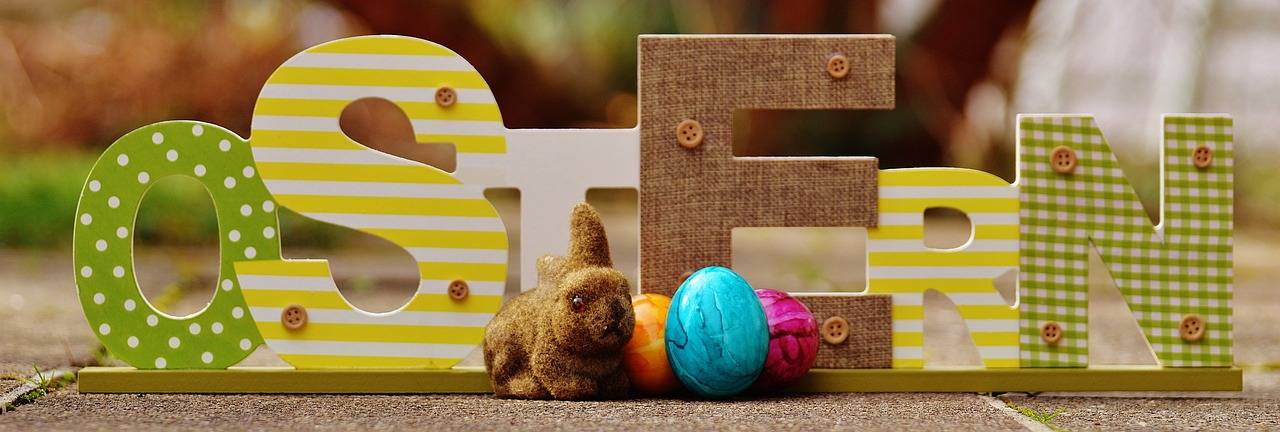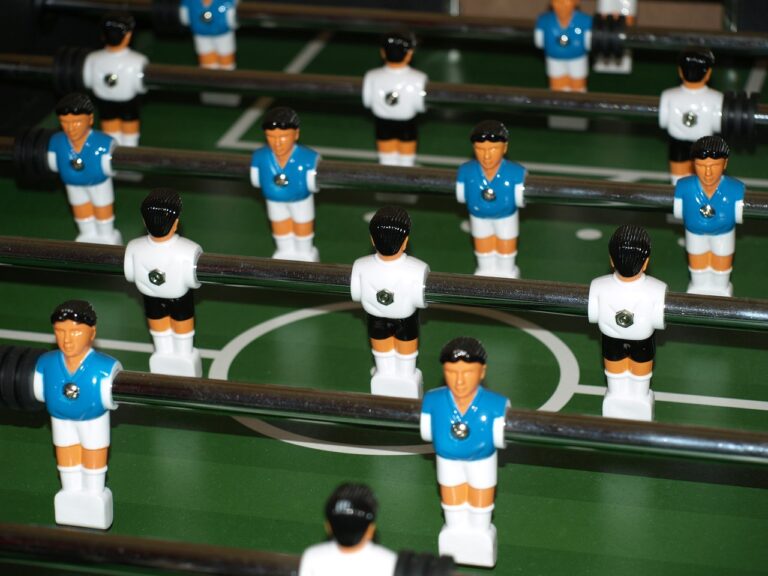The Evolution of Movie Rental Store Layouts and Merchandising Strategies: Allpaanel, Laser247.com login, Betbook247 login
allpaanel, laser247.com login, betbook247 login: In the age of streaming services like Netflix, Hulu, and Amazon Prime, it’s easy to forget a time when the movie rental store was the go-to spot for movie lovers. However, for those who remember browsing through the aisles of Blockbuster or Hollywood Video, there’s a sense of nostalgia for the days when choosing a movie was an event in itself.
Over the years, movie rental store layouts and merchandising strategies have evolved to keep up with changing consumer preferences and technological advancements. Let’s take a look at how these stores have adapted to stay relevant in a rapidly changing industry.
The Classic Layout: When movie rental stores first started popping up in the 1980s, the layout was simple and straightforward. New releases were prominently displayed at the front of the store, while older titles were organized alphabetically on shelves lining the walls. Customers would browse the aisles, read the back of the VHS or DVD cases, and make their selection.
The Rise of Categories: As the number of movie titles grew, stores began to organize their inventory into categories such as action, comedy, drama, and horror. This made it easier for customers to find movies that matched their preferences and discover new genres they might enjoy.
Merchandising Strategies: Movie rental stores started to focus on merchandising strategies like in-store promotions, displays, and employee recommendations to drive sales. Popular movies would be placed in high-traffic areas or near the checkout counter to increase visibility and encourage impulse purchases.
The Introduction of Membership Programs: To encourage customer loyalty, movie rental stores introduced membership programs that offered perks like discounts on rentals, exclusive deals, and early access to new releases. These programs helped stores retain customers in the face of increasing competition from online rental services.
The Decline of Physical Rentals: With the rise of streaming services, many movie rental stores struggled to stay afloat. Blockbuster, once a giant in the industry, closed its doors in 2013, leaving only a handful of independent stores still operating. As consumers embraced the convenience of streaming, the appeal of visiting a physical store to rent a movie diminished.
Adaptation to Online Rentals: Some movie rental stores transitioned to online platforms, offering rentals through their websites or partnering with streaming services. This allowed them to reach a wider audience and cater to customers who preferred the convenience of streaming over visiting a physical store.
Future Outlook: While the heyday of movie rental stores may be behind us, there’s still a place for these brick-and-mortar businesses in today’s digital age. By focusing on curated selections, community events, and personalized recommendations, movie rental stores can offer a unique and engaging experience that streaming services can’t replicate.
FAQs:
Q: Are there any movie rental stores still open today?
A: Yes, there are still a few independent movie rental stores operating in various cities across the country.
Q: What happened to Blockbuster?
A: Blockbuster filed for bankruptcy in 2010 and closed its remaining stores in 2013 due to competition from online streaming services.
Q: Can I still rent physical movies from a movie rental store?
A: While most movie rental stores have transitioned to online rentals or closed down, there are still some stores that offer physical rentals for those who prefer the experience of browsing in person.







